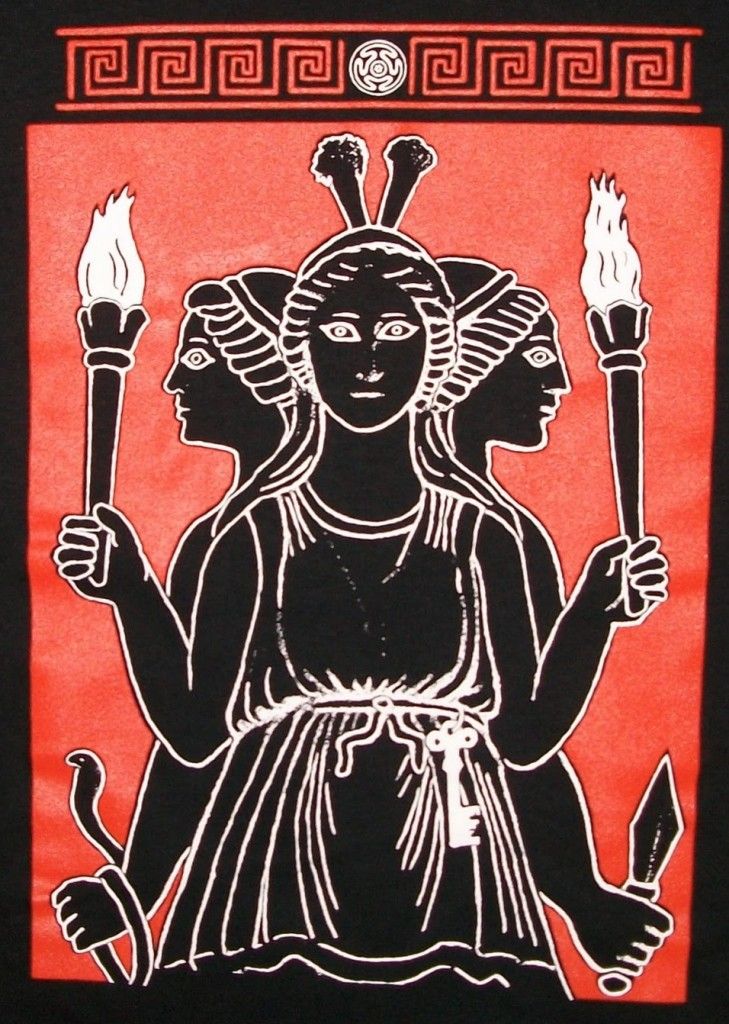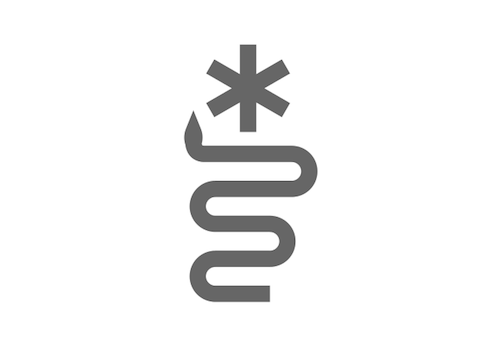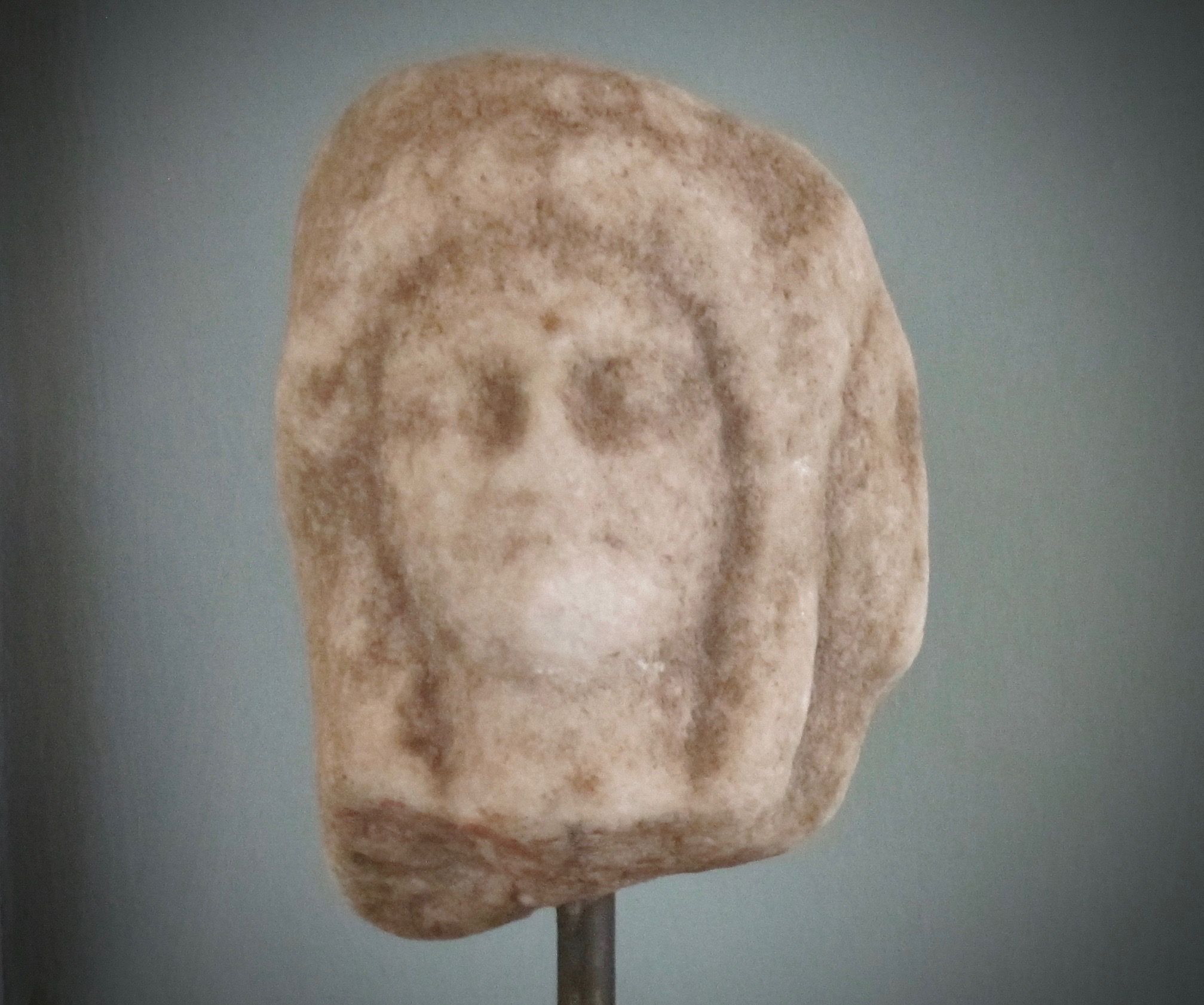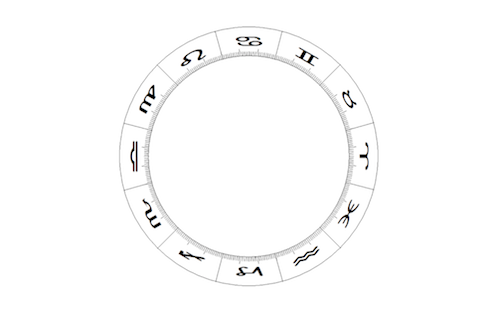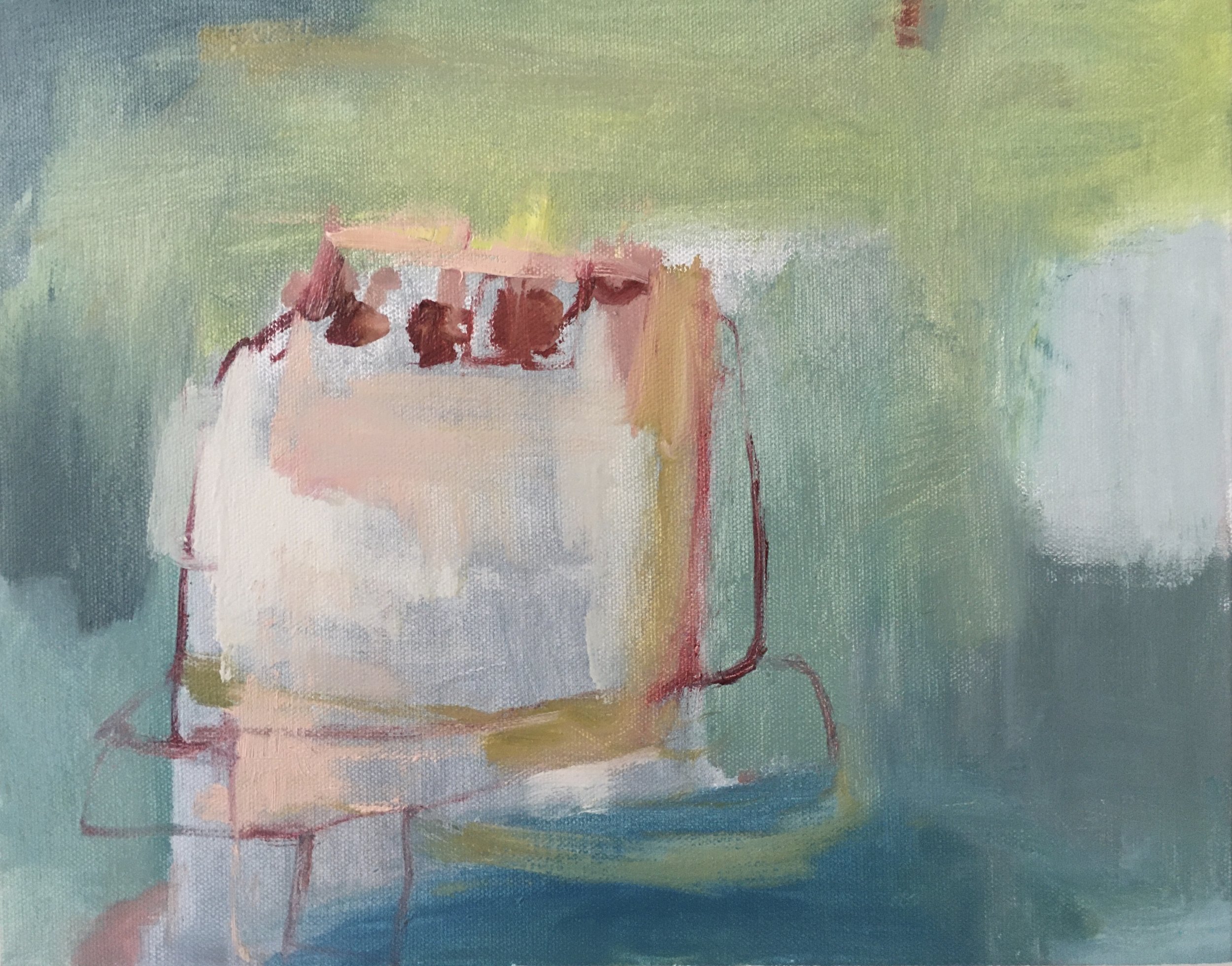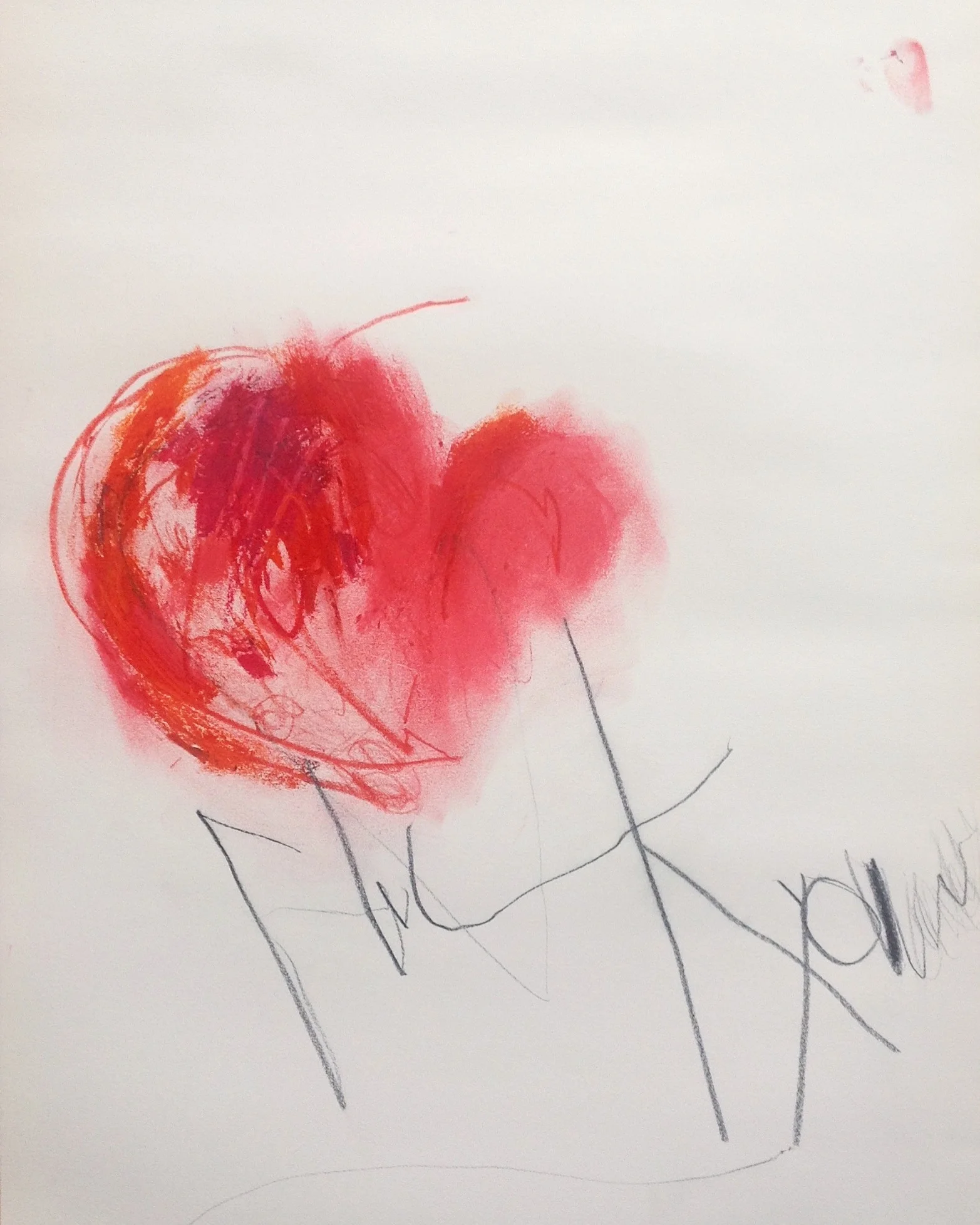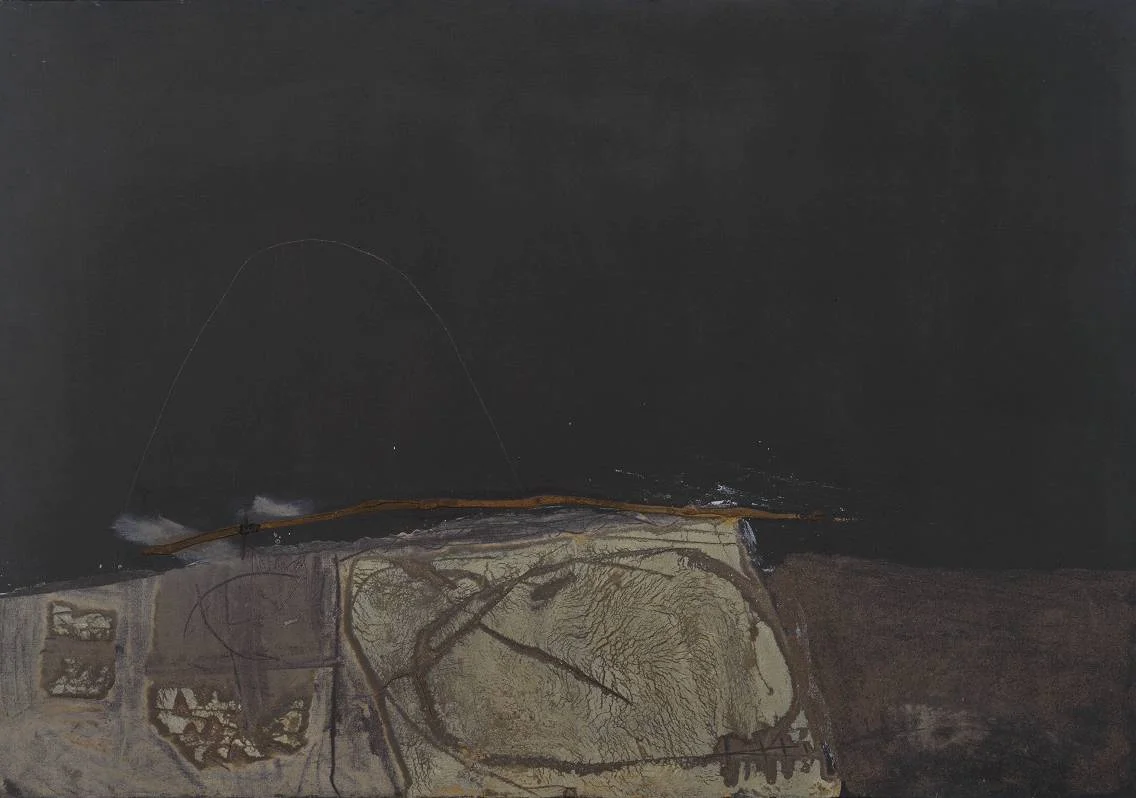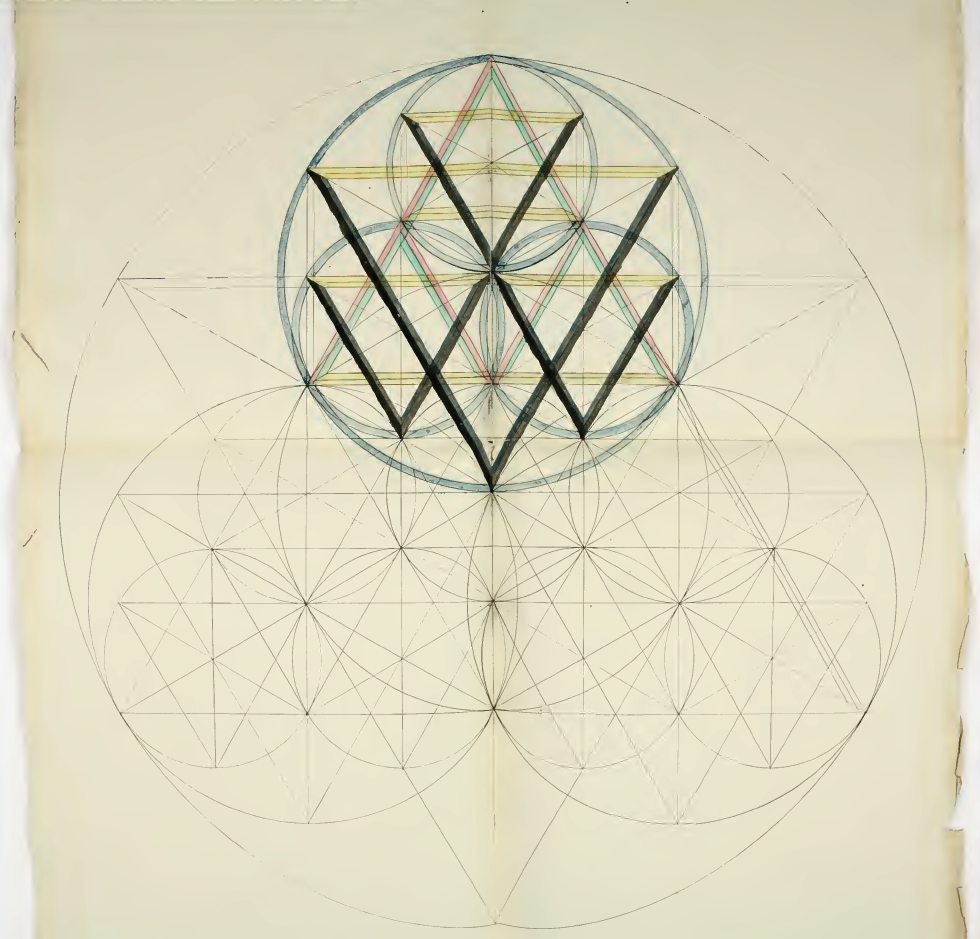Whitney Houston, Big Voices, and Some Simple Antiscia
/The power of antiscia can be seen in a natal chart very simply and strikingly sometimes. I've been finding a particular antiscia signature with some frequency in the charts of musicians, and singers specifically: Mercury antiscia to Jupiter. A big or great voice.
Here, on the 360 degree dial, is the natal chart for the late, and very vocally talented, Whitney Houston.
(Note: The 360 degree dial does not change the placement of planets in a chart, or their relation to each other or to the angles, but instead emphasizes their connection to the cardinal axis (the solstice and equinox points falling at 0 CANCER/CAPRICORN and 0 ARIES/LIBRA). The dial makes for a quick and easy way to see antiscia and contra-antiscia (terms used for planets falling evenly around the cardinal points). Since everything on earth is dependent upon and affected by seasonal changes, the cardinal axis is a point we all share and is therefore important and relevant for everyone. It is a point through which we connect to the world.)
In Whitney Houston's chart Mercury sits at 10'15 VIRGO and that is the exact mirror or shadow point (antiscia) to Jupiter placed at 19'29 ARIES.
We also find here the antiscia of Jupiter to Pluto, which ought to add even greater power and influence. At its best Jupiter|Pluto is regenerative, providing an ability to transform and develop something, to build something up and make it better; at its worst it can lead to excess, or great accumulation and wastefulness.
A third powerful signature we find in her chart by contra-antiscia (planets falling symmetrically around the Aries/Libra axis, or equinoctial points) is Sun to Neptune. This illuminates her mystique and appeal, but is likely also indicative of the trouble and addictive situations she faced.
----
To reiterate this theme of great voices, and the antiscia of Mercury|Jupiter on the cardinal axis, here are the charts for two other phenomenal vocalists, Sinead O'Connor and Gillian Welch.
Both charts have Mercury contra-antiscia to Jupiter. Also, Jupiter is in a superior position (earlier in zodiacal degree) to Mercury and, in these two charts, is connected by a sign-based square.
In Sinead O'Connor's chart Mercury is located at about 26 SCORPIO while Jupiter sits at 04 LEO.
In Gillian Welch's chart Mercury is 03 SCO and Jupiter is 27 LEO. These places are regarded by some ancient astrologers as the "hearing" or "commanding/obeying" signs. Read more about this on SevenStars blog.
A nice thing about antiscia, and midpoints generally, is that you can examine a chart that does not have a birth time and still gather quite a bit of information about a person or situation (as revealed with the two charts above). Though remember to disregard the angles of the chart, and also do not put much emphasis on the Moon due to its speed.
I do of course advocate using charts with good birth data. Nothing can replace the depth and structure and sound foundational story one finds through examining a chart in its traditional form, like the one below.
* If you are confused by the chart above not having house cusps, please understand that I use and encourage everyone to try whole sign houses. I still use the angles and see them as incredibly strong points in the chart, especially when planets are advancing toward them or are retreating, having just passed them by, but I prefer whole sign houses for topical purposes. A whole sign house system is elegant, simple, powerful, and makes the most sense to me theoretically.







